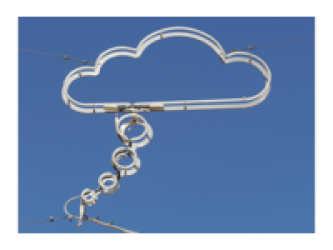meta data for this page
Microplate modelling paper accepted for publication
Derek Neuharth's paper on the “Formation of continental microplates through rift linkage: Numerical modelling and its application to the Flemish Cap and SaoPaulo Plateau” has just been accepted from publication in AGU's G^3. A pre-print is available on EarthArxiv
Key Points:
- Strike-perpendicular offset and crustal strength control the mode of rift segment linkage (microplate, oblique, or transform).
- Rotating continental microplates form at offsets of >200 km for weak and moderately strong crust.
- Modelled microplate evolution may explain the formation of the Flemish Cap, the Sao Paulo Plateau and other continental promontories.
Abstract:
Continental microplates are enigmatic plate boundary features, which can occur in extensional and compressional regimes. Here we focus on microplate formation and their temporal evolution in continental rift settings. To this aim, we employ the geodynamic finite element software ASPECT to conduct 3D lithospheric-scale numerical models from rift inception to continental breakup. We find that depending on the strike-perpendicular offset and crustal strength, rift segments connect or interact through one of four regimes: (1) an oblique rift, (2) a transform fault, (3) a rotating continental microplate or (4) a rift jump. We highlight that rotating microplates form at offsets >200 km in weak to moderately strong crustal setups. We describe the dynamics of microplate evolution from initial rift propagation, to segment overlap, vertical- axis rotation, and eventually continental breakup. These models may explain microplate size and kinematics of the Flemish Cap, the Sao Paulo Plateau and other continental microplates that formed during continental rifting worldwide.


Discussion